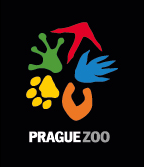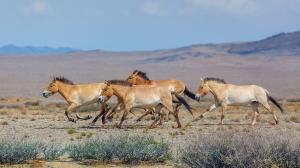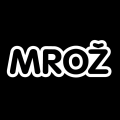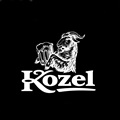Return of the wild horses
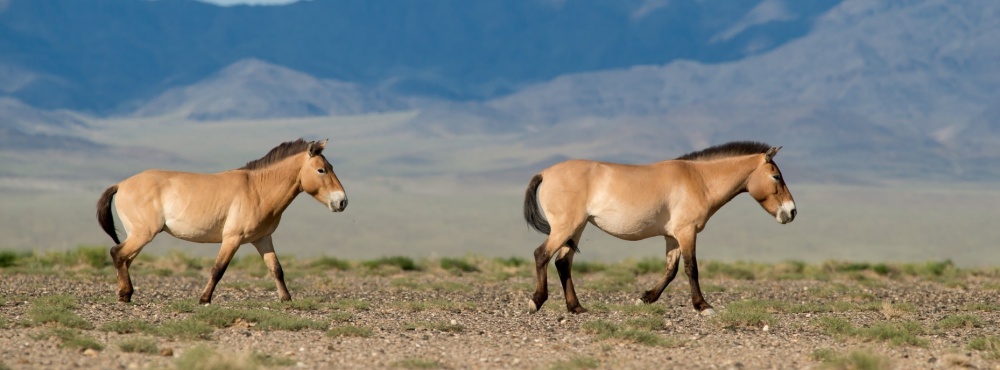
The Przewalski’s horse is the very last surviving truly wild horse species. The world learned of its existence only in 1881—but less than a hundred years later, in the 1960s, it was driven to extinction in the wild. It was saved thanks to captive breeding efforts, with Prague Zoo playing a key long-term role in its conservation.
Since 1959, Prague Zoo has been the keeper of the International Studbook for the Przewalski’s horse. Today, it is also one of the main organisers of international transports returning these wild horses to their native homeland—specifically, the steppes and semi-deserts of Mongolia and Kazakhstan. As part of the Return of the Wild Horses project, Prague Zoo is the only zoo in the world to have organised and carried out intercontinental transports of Przewalski’s horses to their homeland on its own (in cooperation with the Czech Air Force). After successful reintroduction of the horses to the Great Gobi of Mongolia, it launched transports to the Golden Steppe of Kazakhstan in 2024, marking the species’ return there for the first time in centuries.
|
Focal species: Przewalski’s horse (Equus przewalskii) |
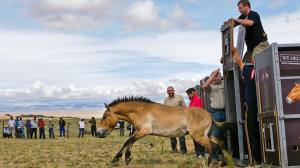
Between 2011 and 2019, Prague Zoo, in cooperation with the Czech Air Force, organised nine transports of Przewalski’s horses to western Mongolia. The first four horses (a stallion and three mares) were sent to the Khomyn Tal area, while in the following years, a total of 30 horses were transported to the Great Gobi B Strictly Protected Area.
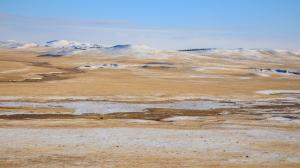
The intention to reintroduce Przewalski’s horses to eastern Mongolia has existed for several decades. Following a lengthy process that included remote sensing methods as well as numerous visits to the selected areas and their botanical, zoological, parasitological, and meteorological surveys, the Valley of Monasteries was...
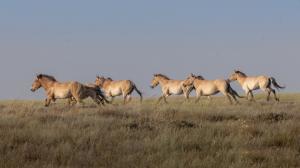
Historically, the Przewalski’s horse was widespread across the vast steppes of Central Asia, including Kazakhstan. Since 2024, Prague Zoo has been conducting transports aimed at reintroducing this species to the country. Over the course of five years, a total of approximately 40 Przewalski’s horses are to be released to the...
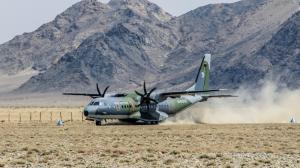
Transports of Przewalski’s horses to their original Central Asian homeland typically take place in June or July. The horses are transported in special crates aboard military CASA aircraft to the nearest suitable landing site in the destination country, and from there, they continue overland by lorries to their final destination.
As part of the Return of the Wild Horses project, which strives to return the endangered Przewalski’s horse back to their natural habitat in Central Asia, Prague Zoo researchers and their international colleagues have been researching the species of interest as well as their surrounding habitat.
Funds raised through Prague Zoo’s We Help Them to Survive fundraising account and from every admission to Prague Zoo are used to support a variety of the zoo’s in-situ conservation projects. In the case of Return of the Wild Horses, the funds not only help finance the transports themselves; they also support the management of protected areas and the work of rangers and scientists in Mongolia as well as in Kazakhstan.
Prague Zoo regularly contributes to the purchase of hay for the supplementary feeding of Przewalski’s horses in the Great Gobi B, helping to increase their chances of surviving the harsh winter months. It also funds vehicle maintenance and fuel for monitoring the horses there. Moreover, the zoo, with the support of its partners and contributions from the Czech public, funded the construction of a borehole well to provide a reliable supply of water for the Przewalski’s horses and for the rangers and their families. Additional financial and development aid has been provided by the Czech Development Agency, with which Prague Zoo has collaborated in Mongolia. Thanks to this support, the administration of the Great Gobi B Strictly Protected Area has received off-road vehicles, GPS navigation devices, improved radio network coverage, and new infrastructure, including two new guardhouses, garages, and hay barns.
In Kazakhstan, Prague Zoo funded repairs to the enclosures and the reintroduction centre building that were damaged by flooding, the construction of additional enclosures, and the building of a hay storage facility. It also provides financial support for various research projects in new localities intended for horse reintroductions in both countries (Kazakhstan and Mongolia).
ZOOPRAHA.CZ
Contacts
- The Prague zoological garden
U Trojskeho zamku 120/3
171 00 Praha 7
Phone.: (+420) 296 112 230 (public relations department)
e-mail: zoopraha@zoopraha.cz
Others
